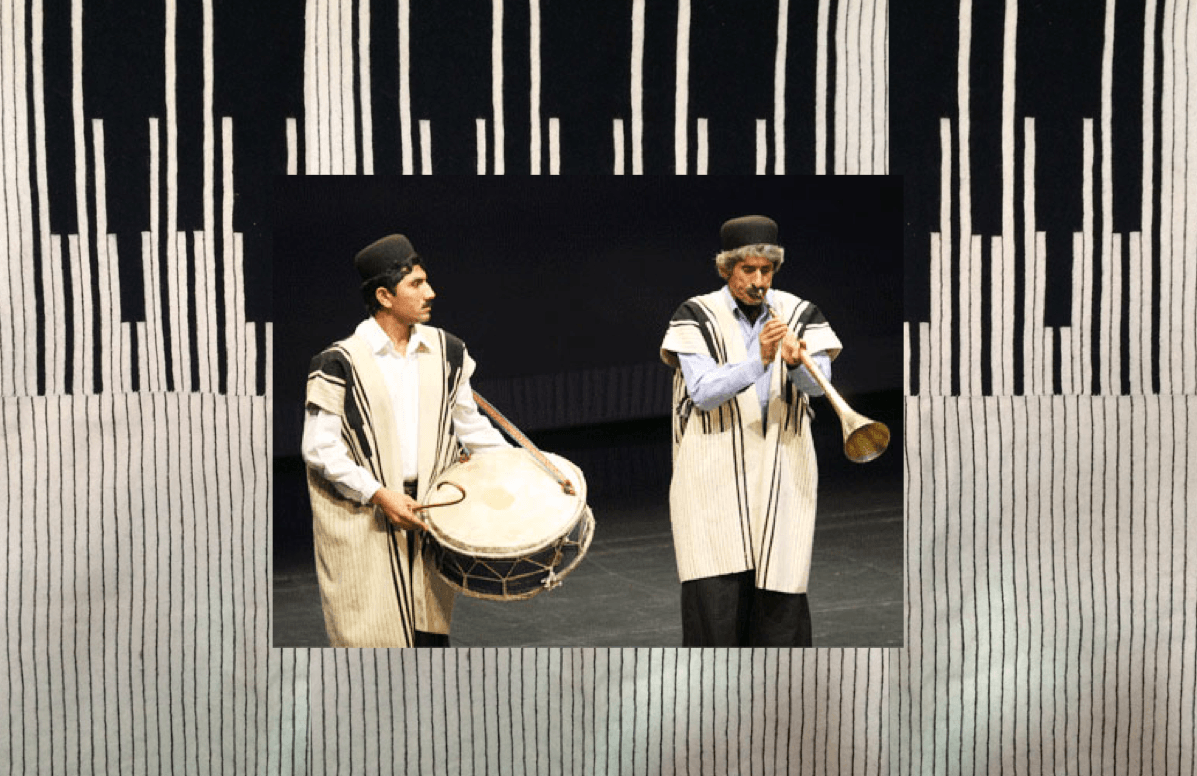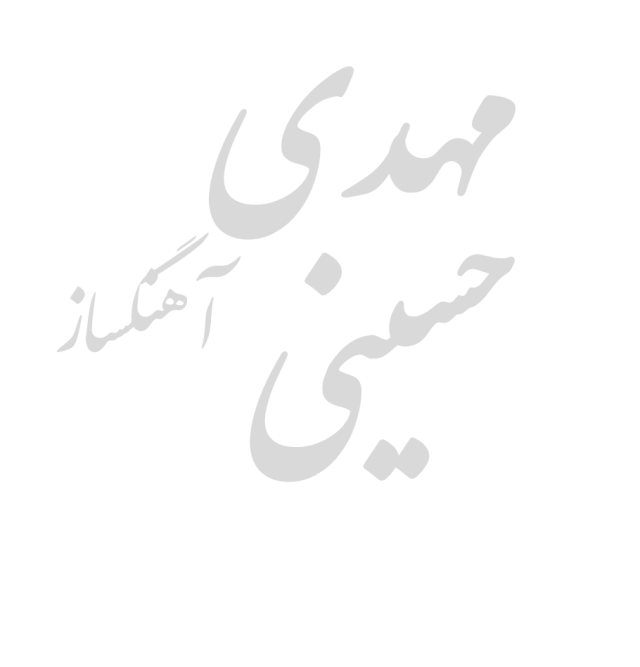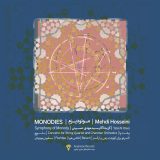
The Bakhtiari are one of Iran’s native peoples. The nation comprises the Khaftlang and Chaharlang tribes, which live in the provinces of Chaharmahal and Bakhtiari, Isfahan and Loresân. Chaharmahal and Bakhtiari province is located in southwest Iran. The Bakhtiari dialect belongs to the group of Western Iranian languages, and its speakers have a rich and flourishing traditional folk culture.
Music is one of the most important elements of traditional folk culture, as it displays the intellectual values and character of the people. Bakhtari music is among the richest and most extensive varieties of Persian maqam music.
The traditions and customs of the Bakhtiari are reflected in the names of their magham. In the musical terminology of the Bakhtiari people, ‘magham’ usually means ‘tune’ (not a specific tonality or ‘mode’ as it is typically interpreted, but an entire system of pitches and pitch relationships), since for them the word magham implies an established musical text, which might vary in character, form, and even genre.
The magham are formed on the basis of traditional Persian system-scales (Dastgah). The most predominant among these are Shur, Avaz-e Dashti, Avaz-e Shushtari, Dastgah-e Chahār’gāh, and Se’gāh.
Although Bakhtiari music has much in common with the musical culture of other regions of Iran, much distinguishes it, as well, including dialect, instrumentation, and the method of transition from one maqam into another.
The instruments most frequently used in Bakhtiari music are the sornā; korna; ney; dayereh; dohol; and kamancheh. The kamancheh, apparently was first used at a later period than the others. In the past decade, many toushmali, i.e. Bakhtiari musicians, have played the tār and tombak in addition to the instruments listed above.
Like the music of other regions of Persia, that of the Bakhtiari can be classified in various ways and according to a number of parameters. There is distinct music for festive occasions, such as weddings or funerals; there is music to accompany recitation of epic poetry; and there are songs to accompany work, among other genres.
The string quartet №.2 makes use of popular Bakhtiari folk tunes, each of which belongs to a certain magham.
The first movement is based on a fragment of the melody “Tipumey” in the Magham of Gahgeriyu or Gugeriyu, which is a song of mourning, the name of which is translated as ‘a time for weeping.’ Another name for this maqam, Gugeriyu or Gahgiri, likewise means ‘time to mourn.’ At present, the genre of music for mourning continues to exist in Bakhtiari funeral music; and, although the genre no longer serves as a strictly observed ritual in the traditional sense, the general funereal character of the music is evident. It is specifically the maqam Gahgeriyu that places the tune within the genre of mournful music.
For a better understanding of the title ‘Gahgeriyu,’ we look to the figure of Alidad Noudalkosh. Alidad is a courageous and bold hero of the Bakhtiari people, murdered by his brother in a fit of envy. Alidad could defeat nine Griffon vultures with the shot of a single arrow. Musicians and mourners composed more than a few laments for Alidad and perform them in the maqam Gahgeriyu. The singers improvise their musical-poetic compositions, which praise the moral and physical strength of the hero in the maqam Tipumey. Others gather and join in, and the emotional impact of sorrowful sounds can rarely be surpassed.
– Mehdi Hosseini



